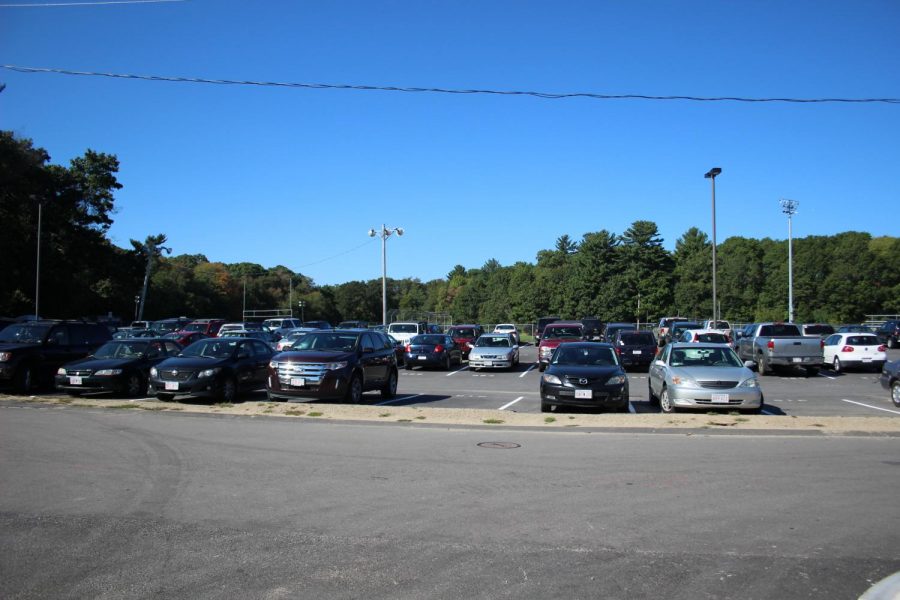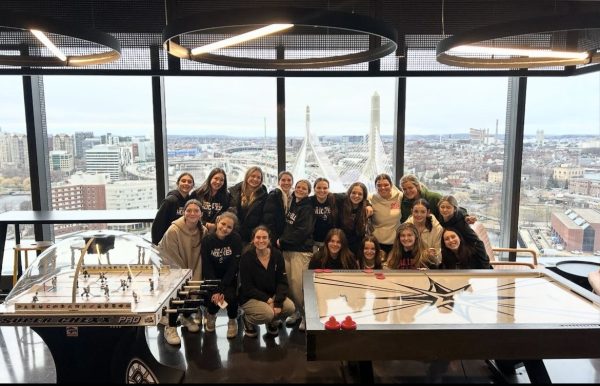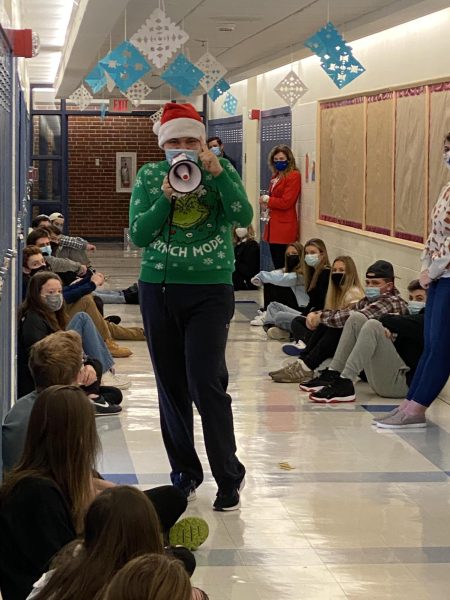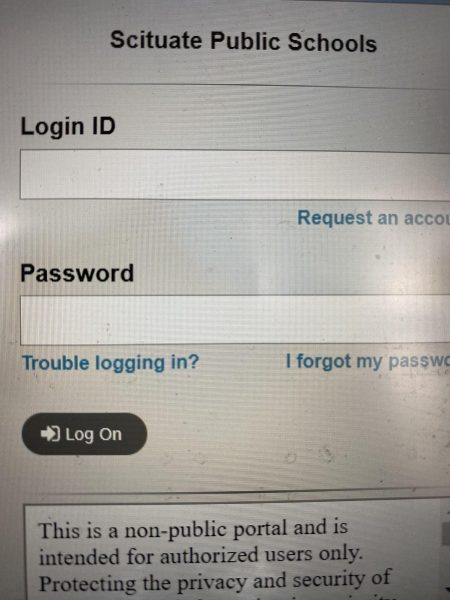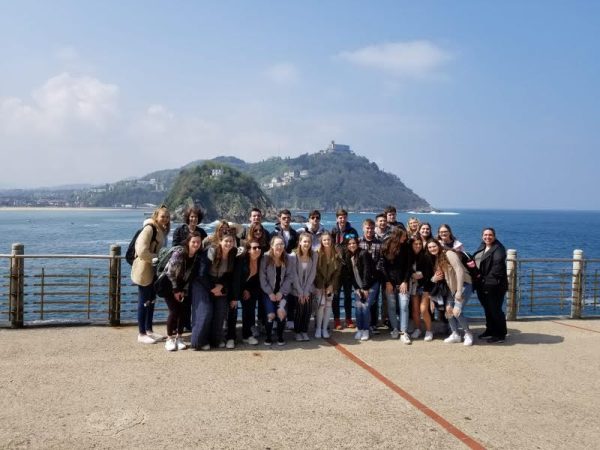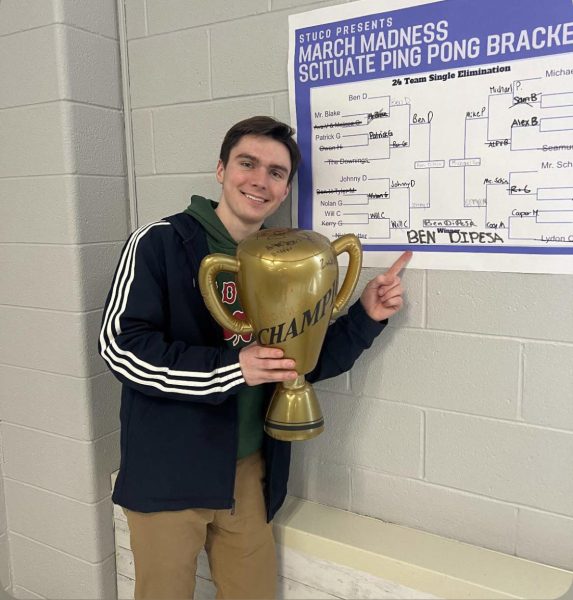New Year, Same Traffic Issues?
October 17, 2017
New year, new changes. With the middle school finally being opened, major improvements have been made to solve pressing issues that the Scituate community has faced for years. However, the infamous traffic nightmare remains. Although major progress has been made in the morning, with a brand new pathway to student parking spots, the excessive line when leaving school is still an issue. The school administration has prevented students from leaving in this new pathway, forcing all upperclassmen drivers to merge with school buses and students getting picked up. This has caused an unnecessary traffic backup for all vehicles. The line still continues to be a 10 to 15 minute wait after school, putting stress on students with work or other obligations, especially with this year’s later dismissal at 2:41 p.m..
Many students who are upset with the lack of options when leaving school have strong opinions on these recurring traffic patterns. Senior Mark Falvey believes more importance should be placed on senior drivers. Falvey said, “They have other places to be, and if you are taking the bus, you usually are not in a hurry.”
Senior Andrew Blanchard strongly prefaced his beliefs by saying that “they should open up the new pathway” when leaving so that traffic hazards do not occur when all drivers are forced to go through one pathway.
Gates Middle School principal Ryan Lynch shared information about school traffic patterns. Originally, all traffic was going to be routed the same as previous years. However, SHS principal Rob Wargo requested that traffic be opened for student drivers in the senior and junior lots in the morning with his supervision to ensure safety and order for all drivers. Lynch allowed this to be opened in the morning. He stated that the proposal for allowing students to leave in this new pathway has been brought to his attention. He responded, “As long as we aren’t making it more convenient for people by increasing how dangerous it can be for kids, we just have to be careful about that.”
Lynch stated that the high school end of the day release “isn’t as heavy as ours because we only have 60 or 70 kids staying after, whereas you have many more.” Lynch does not see that great of an incentive for opening up different ways of leaving school. He is not urgently striving to fix these problems immediately because “we may solve the traffic problems but increase the danger for students.” Lynch would rather have a safer traffic system than causing driving hazards or risk of accidents.
The decision to change the traffic flow still remains unclear, with a very clear divide between administrators and students who have different visions of creating the most efficient traffic system for students before and after school hours. Although many want to see changes immediately, the decision to change the detailed planning procedures of the traffic roadway will ultimately be in the hands of administrators.
